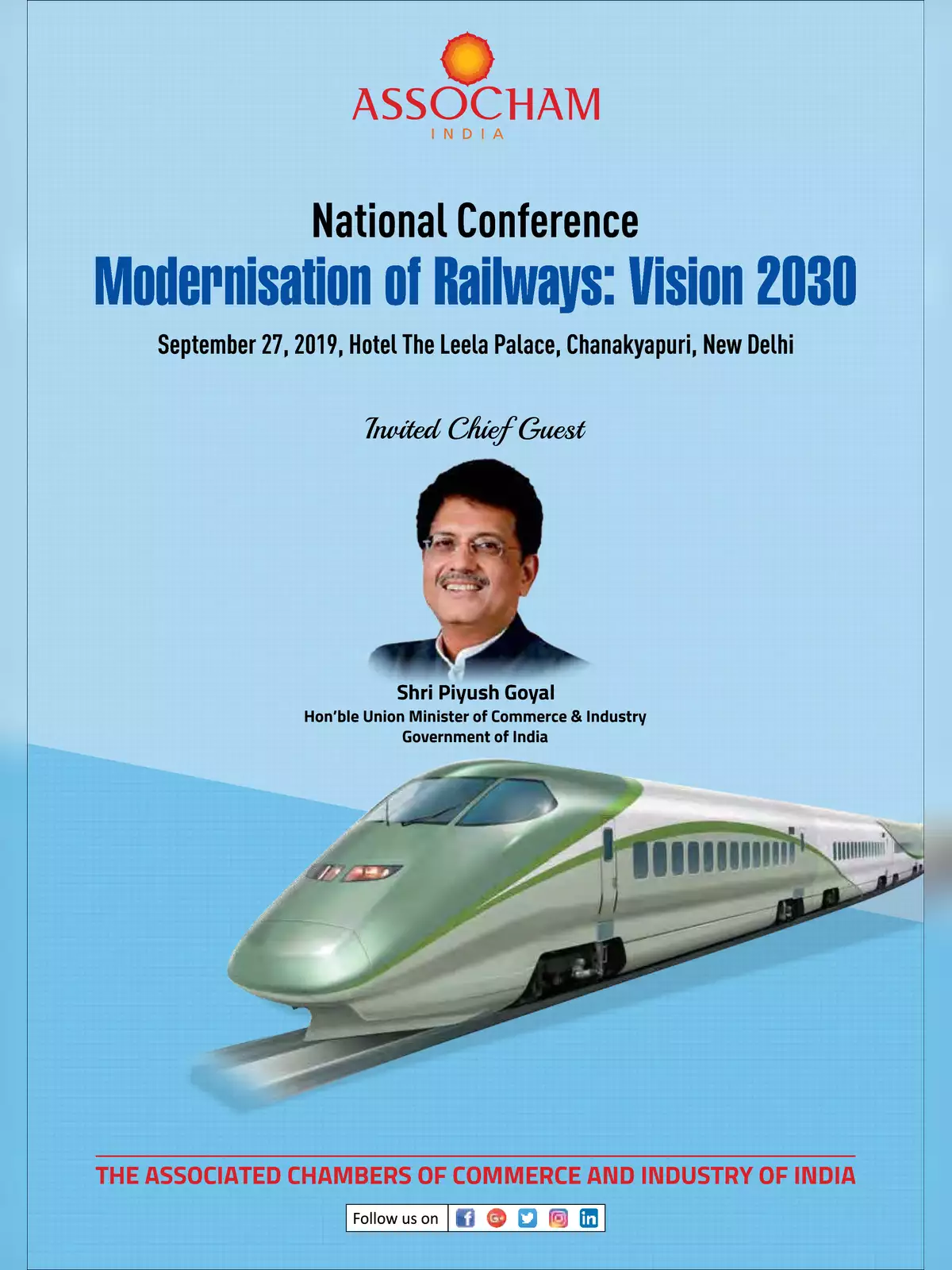National Rail Plan 2030 - Summary
In a significant move to enhance the operational efficiency of Indian Railways and boost its modal share in the total freight ecosystem, the National Rail Plan 2030 has been introduced. This comprehensive plan aims to address capacity constraints and ensure that the railway infrastructure keeps pace with demand, ultimately leading to sustainable growth.
Understanding the National Rail Plan 2030
The National Rail Plan is a long-term strategy designed to bolster infrastructural capacity and formulate effective strategies for increasing the modal share of Railways. This plan serves as a unified platform for all future infrastructural, business, and financial planning within the Railway sector. Currently, the draft plan is under review by various Ministries, with the goal of finalizing it by January 2021.
Main Objectives of the National Rail Plan
The primary goals of this plan include:
- Creating capacity to meet future demand by 2030, thereby increasing the Railways’ freight modal share from 27% to 45% as part of the national commitment to reduce carbon emissions and strive for net-zero carbon emissions by 2030.
- Conducting a year-long survey at over a hundred key locations to accurately assess demand in both freight and passenger sectors.
- Forecasting traffic growth in freight and passenger services annually until 2030 and decadal projections up to 2050.
- Developing strategies based on operational capacities and commercial policies to boost Railways’ freight modal share to 45% by 2030.
- Significantly reducing freight transit times by raising the average speed of freight trains from the current 22 km/h to 50 km/h.
- Lowering the overall cost of rail transportation by nearly 30%, passing these savings on to customers.
- Mapping future demand growth on Indian Railways’ route network and simulating capacity behaviour for long-term planning.
- Identifying potential infrastructural bottlenecks that could occur with rising demand based on these simulations.
- Selecting projects and appropriate technologies in track work, signalling, and rolling stock to address these future bottlenecks proactively.
As part of this ambitious National Rail Plan, Vision 2024 has been launched to fast-track the implementation of critical projects by 2024. Key projects include:
- Achieving 100% electrification of the network.
- Multitracking of congested routes to enhance capacity.
- Raising the speed limits on major routes such as Delhi-Howrah and Delhi-Mumbai to 160 km/h.
- Increasing speed to 130 km/h on all Golden Quadrilateral-Golden Diagonal (GQ/GD) routes and eliminating all level crossings on these routes.
- Future projects beyond 2024 in track and signalling are being identified, complete with specific timelines for execution.
- Three Dedicated Freight Corridors – East Coast, East-West, and North-South – have been identified with implementation timelines, and a PETS survey is already in progress.
- New High-Speed Rail Corridors have also been pinpointed, with surveys like the Delhi-Varanasi High-Speed Rail already underway.
- Assessing the rolling stock needs for both passenger and freight transport is a priority.
- Evaluating locomotive requirements for achieving 100% electrification (Green Energy) by December 2023, while also catering to growing traffic demands until 2030 and beyond, up to 2050.
- Calculating the total capital investment required and providing a breakdown over time is crucial.
- Identifying new financing streams and models, including Public-Private Partnerships (PPP), is essential.
- For effective implementation of the National Rail Plan, partnerships with the Private Sector, PSUs, State Governments, and Original Equipment Manufacturers (OEMs) are necessary.
- Ensuring sustained private sector involvement in various operational areas, including the ownership of rolling stock and the development of freight and passenger terminals.
Overall, the National Rail Plan aims for an initial surge in capital investment until 2030 to stay ahead of demand and lift the Railways’ modal share in freight to 45%. After 2030, the revenue surplus generated is expected to support future capital investments and manage the debt service ratio of previously invested capital without relying on exchequer funding for railway projects.
For further details, you can download the PDF related to the National Rail Plan 2030.
